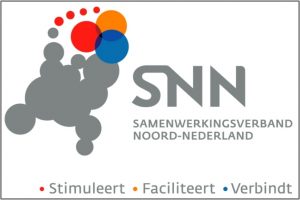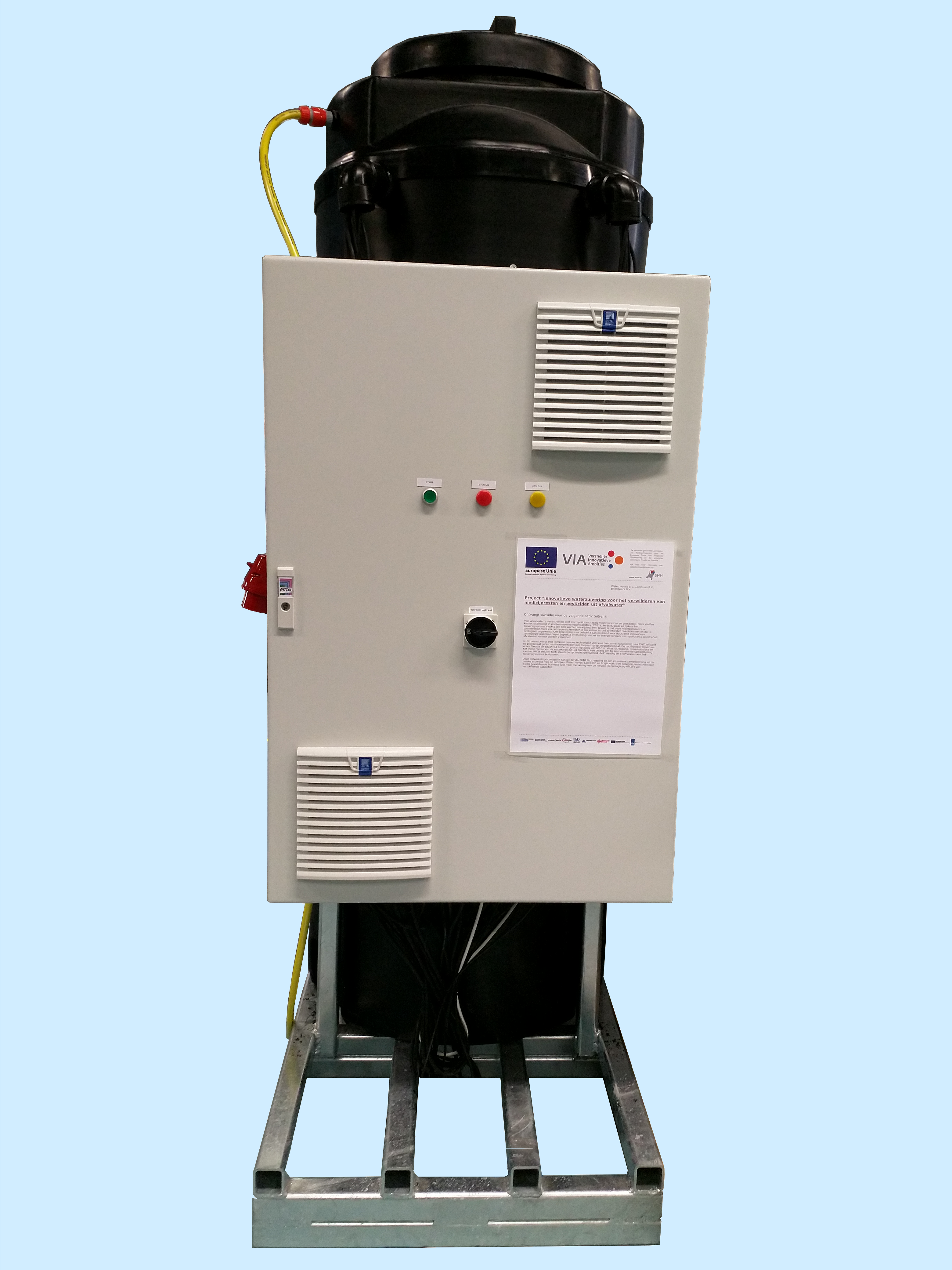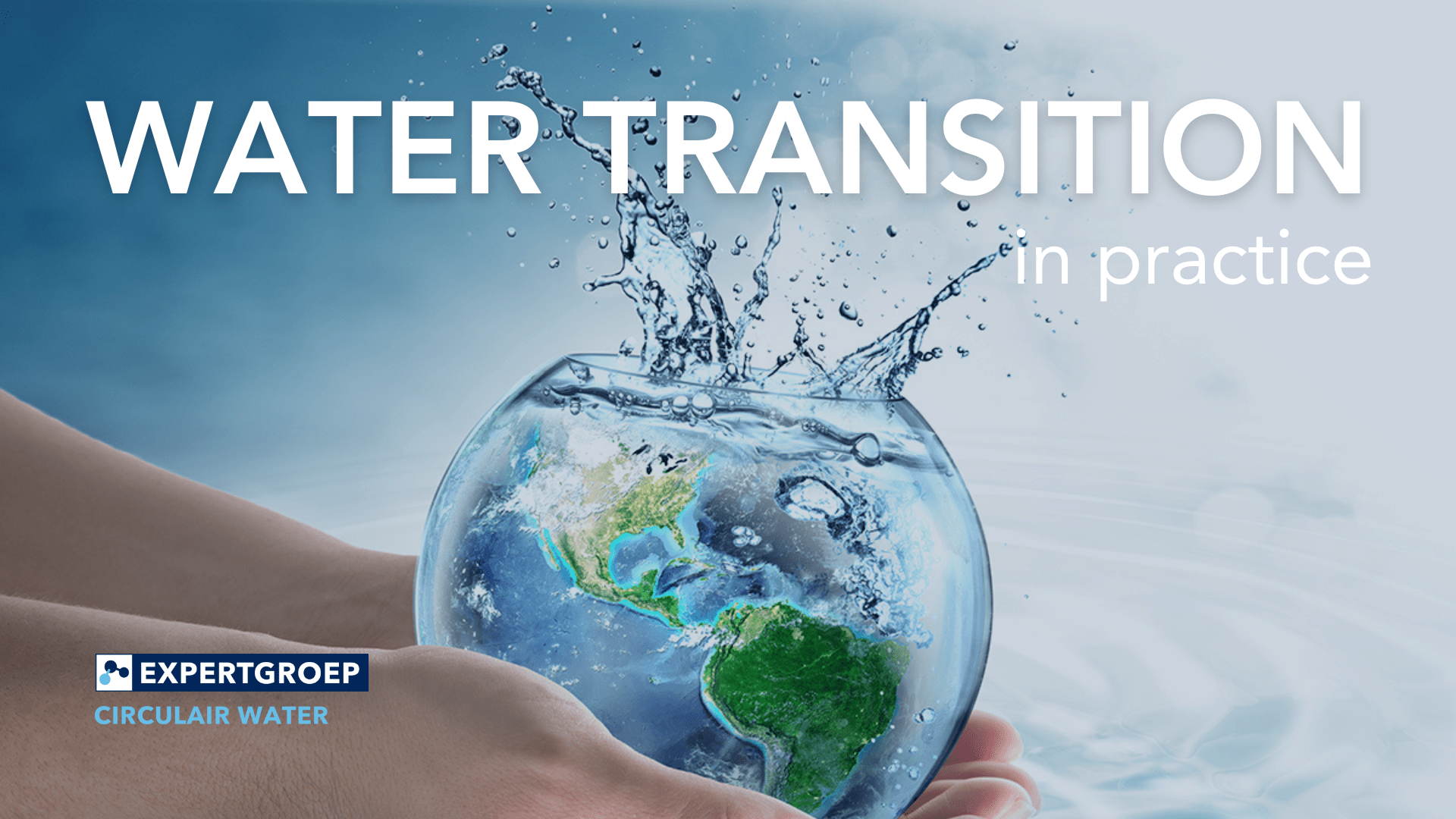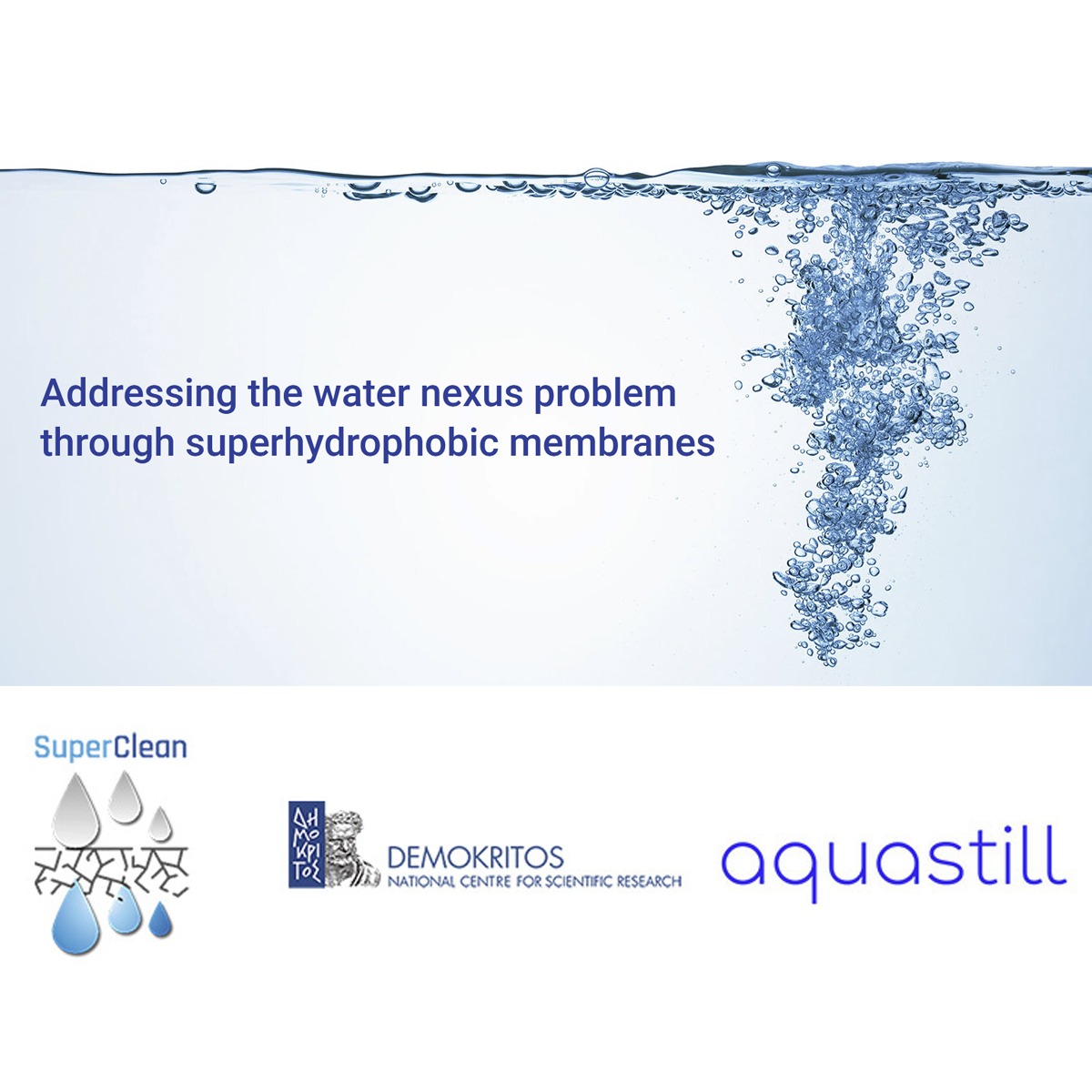Water Waves and business partner Lamp-Ion have successfully tested the prototype of WW Ultraoxidizer last Wednesday. This advanced oxidation reactor is very feasible for the removal of medicine traces and pesticides from waste water and for water disinfection. Unique of this system are its large water treatment capacity, its scaleability, its limited maintenance thanks to patented ultrasound technology its small footprint.
The concept comprises the application of UV-C light and hydrogen peroxide to oxidize the micropollutants. At the same time, ultrasound keeps the quartz protection sleeves clean. Especially in waste water treatment applications, this feature is very important since the UV-C light efficiency rapidly decreases in absence of ultrasound due to both organic and inorganic scaling on the quartz protection sleeves.
The new reactor prototype has a volume of 1 m3, can be equipped with a large UV-C power, is installed in a Euro pallet frame and is completely automated and equipped with a cloud service with alarm and remote servicing facilities.
At the moment, 2 prototypes are being tested: a batch reactor and a continuous flow reactor. From the outside, both reactors look exactly the same but they are equipped with different internals to realize optimum reactor performance.
Both the batch reactor and the continuous flow reactor were designed such that scaling up is possible nearly without any limits. As a result, it is possible to apply the reactor concept for the purification of municipal waste water treatment effluent. In this case, pesticides and medicine traces are removed from the effluent and at the same time, a high degree of disinfection is achieved.
Specific for the municipal waste water treatment market segment, Water Waves, Lamp-Ion and Brightwork started a cooperation to equip continuous flow filtration systems with UV-C and ultrasound modules of Water Waves. This is possible thanks to the scalability of the concepts. The parties filed a joint patent application for this concept.
This cooperation project is financially supported by a VIA Plus subsidy of SNN.





